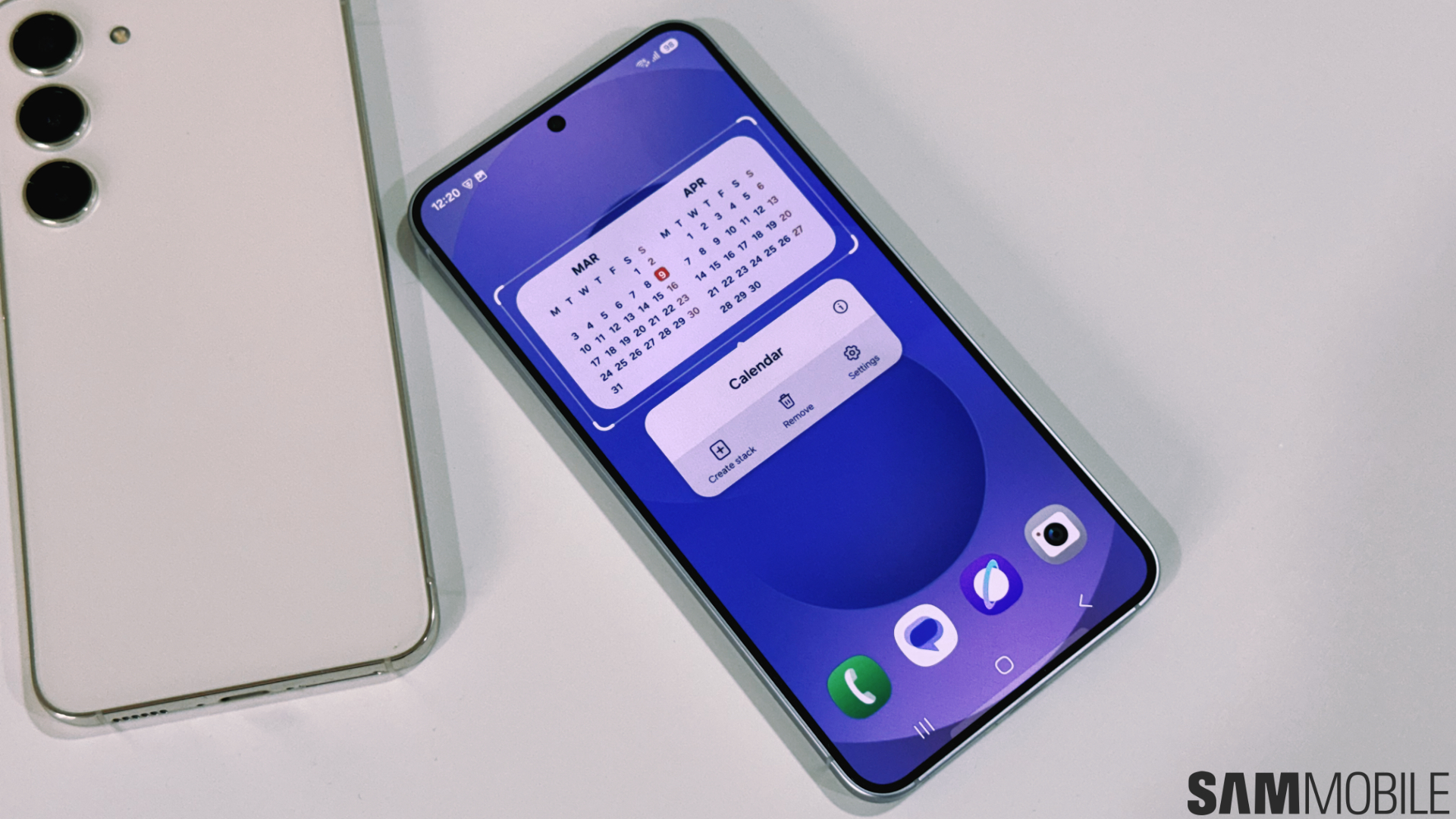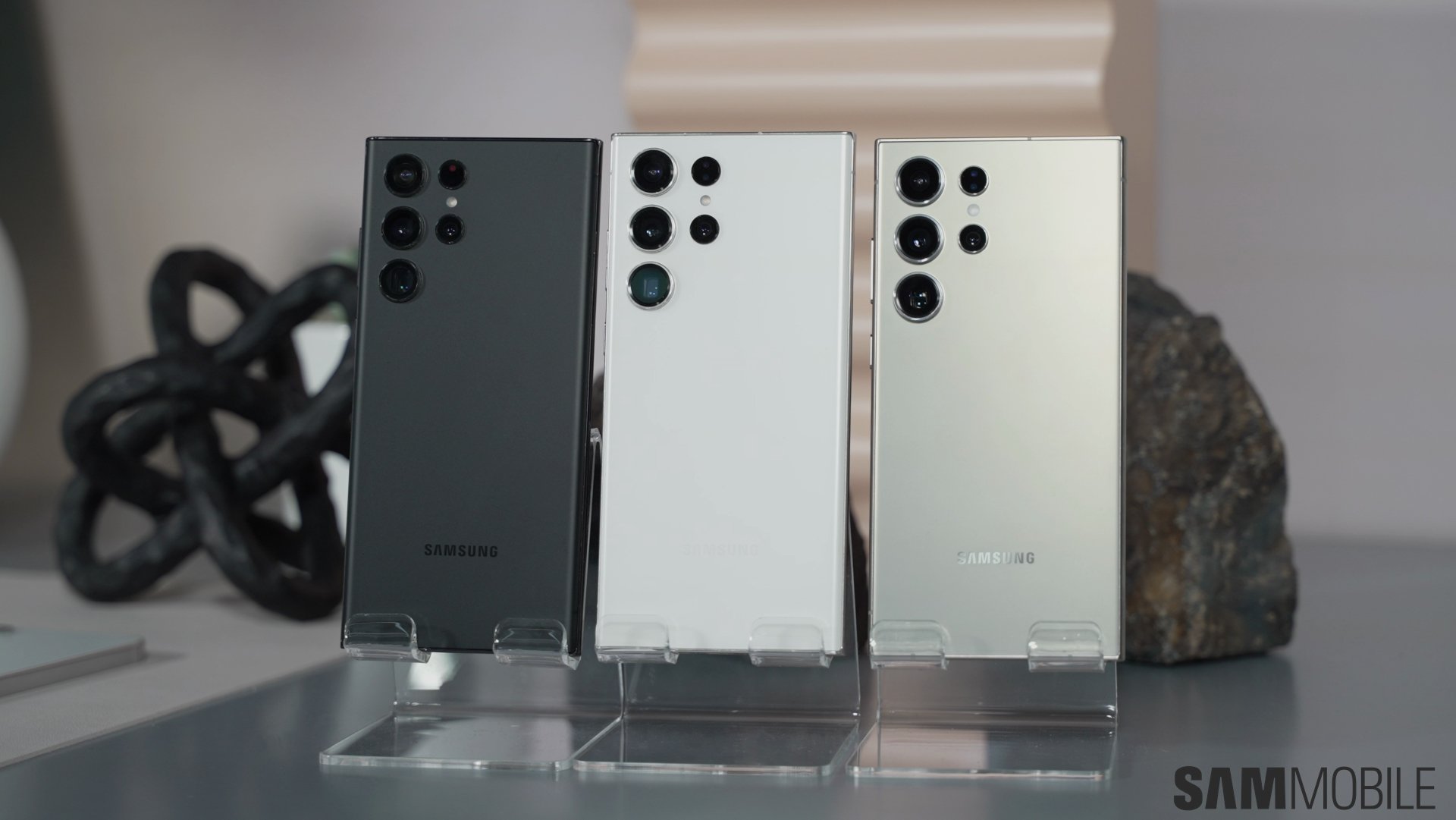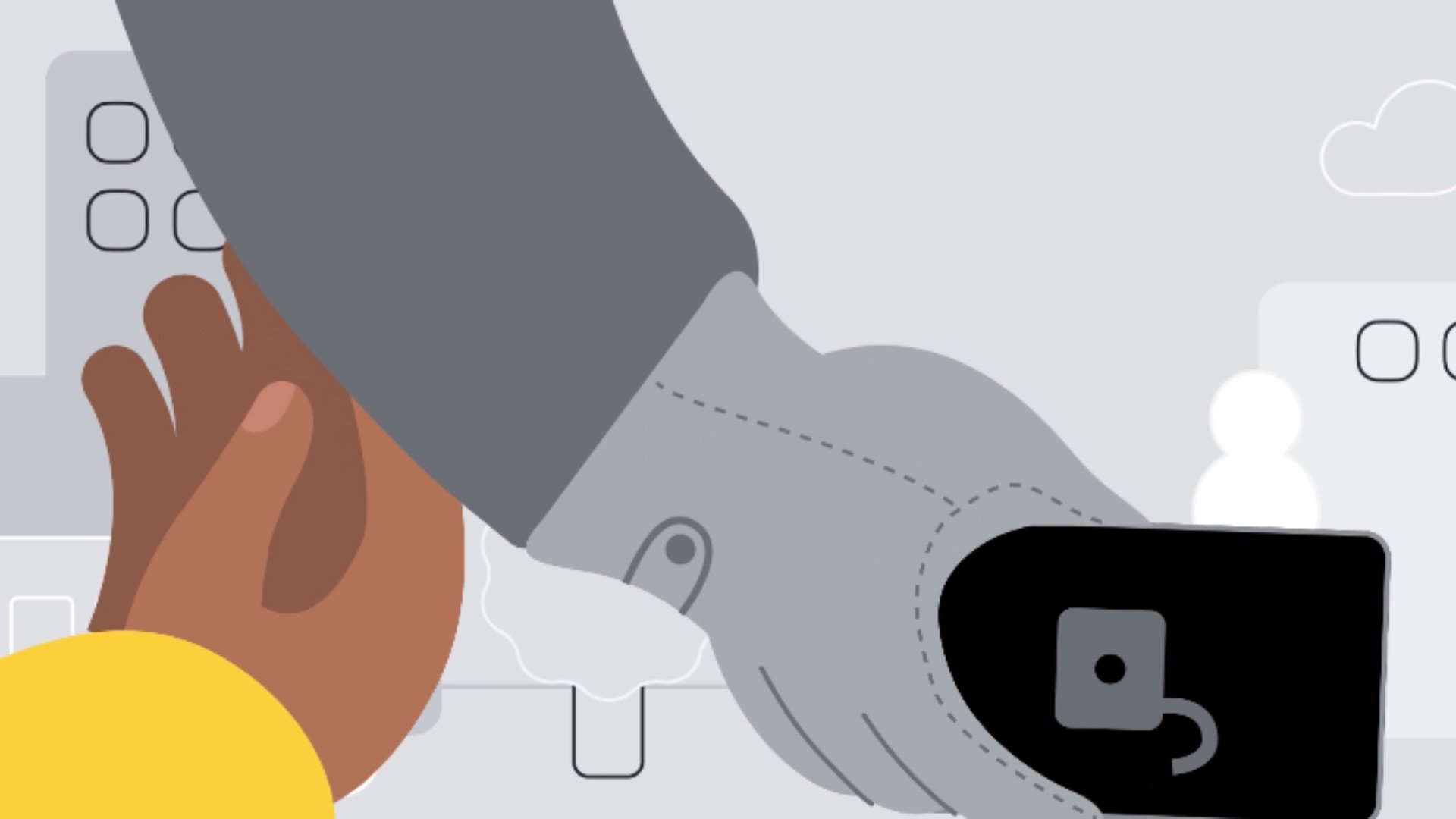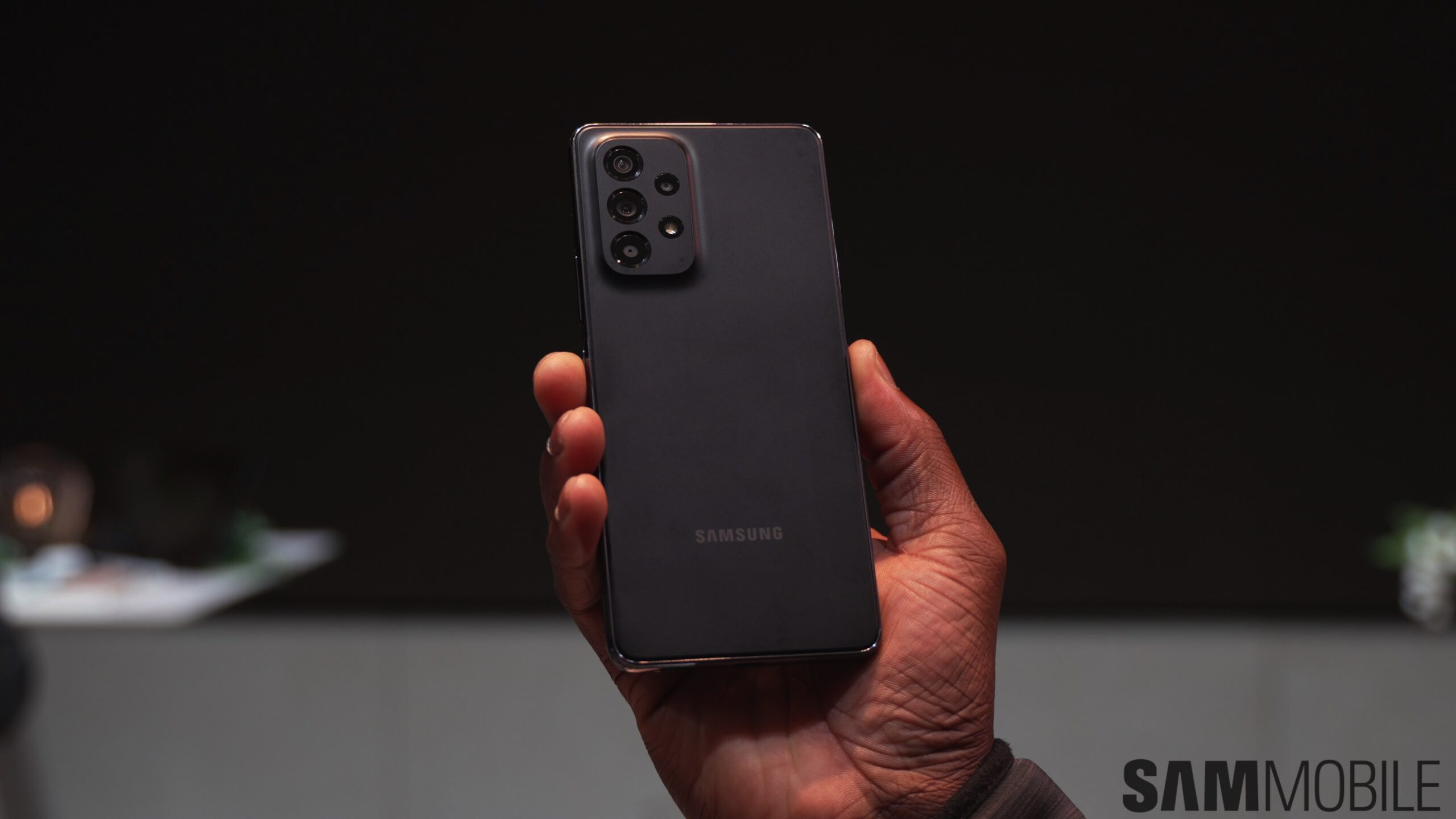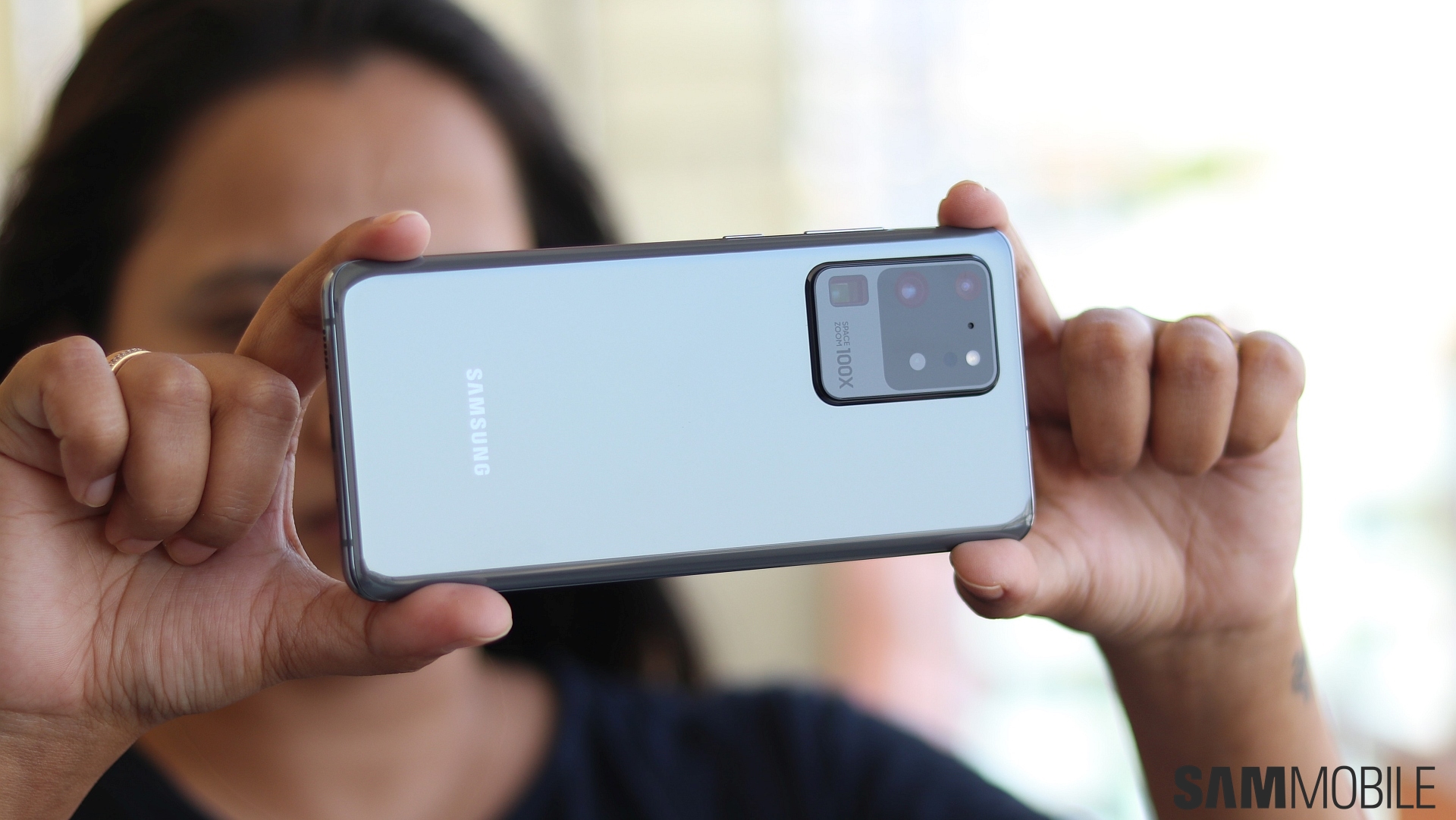
But what really sealed the deal for me and made me actually go for the switch is the fact that the Galaxy S20 series (barring the Galaxy S20 FE) already has the Android 13 One UI 5.0 update available for it. We've praised the constant improvements in how Samsung handles software updates repeatedly in the last couple of years, but this year Samsung's done a particularly spectacular job.
The company has released the stable Android 13-based One UI 5.0 update for multiple devices, including affordable phones like the Galaxy M32 5G, in quick succession before mid-November, which won't stop amazing me anytime soon. Samsung's software upgrade policy has been the best in the Android business for a few years now, but again, with One UI 5.0 and Android 13 the company has outdone itself in a way none of us were expecting.
Pretty much every eligible Galaxy S and Note flagship has been updated to Android 13 already, even if not in every market, and Samsung's not discriminating between flagship and mid-range devices, either. Both the Galaxy A53 5G and Galaxy A73 5G are running One UI 5.0 in some countries, and two Galaxy M series phones are on the newest version of the operating system, as well.
Even one Galaxy Xcover smartphone has been upgraded to Android 13, and so has Samsung's most current flagship tablet lineup. And many more Galaxy devices are expected to join the party in the weeks leading up to the end of this year.
As far as my Galaxy S20 Ultra is concerned, it's not just the fact that it has been running Android 13 for a week that has me impressed. On Android 13/One UI 5.0, I have noticed faster performance, virtually no overheating in day-to-day use, and surprisingly solid battery life. The camera's autofocus issues seem to have been addressed, too, and the only thing I'm really missing is support for 5G networks (as Samsung made 5G a default feature on flagship phones from 2021).
Now, it may not be the Android 13 and One UI 5.0 upgrade that has fixed the issues mentioned above – I haven't used my Galaxy S20 Ultra for more than a year, after all. But still, I'm happy to see that Samsung has managed to sort out the major issues that plagued the phone when it first launched, especially the Exynos 990 variant, which is the one I'm using.
All that said, it also bums me out a little that the Galaxy S20, S20+, S20 Ultra, and S20 FE will not get any more major OS upgrades. All these phones are still plenty powerful, and while that has never changed whether or not Samsung updates a device to a new version of Android, I still wish the Galaxy S20 series had qualified for Samsung's policy of four years of OS upgrades.
That isn't the case, however. Android 13 is it for the Galaxy S20 series, and the only thing owners of one of the Galaxy S20 models can hope for is an update to One UI 5.1, which will in all likelihood debut with the Galaxy S23. The S20 lineup could also receive One UI 5.1.1 in the second half of 2023, but those x.x.1 One UI updates are focused more on Samsung's foldables so it probably won't be exciting for anyone who owns a Galaxy smartphone that doesn't fold.












